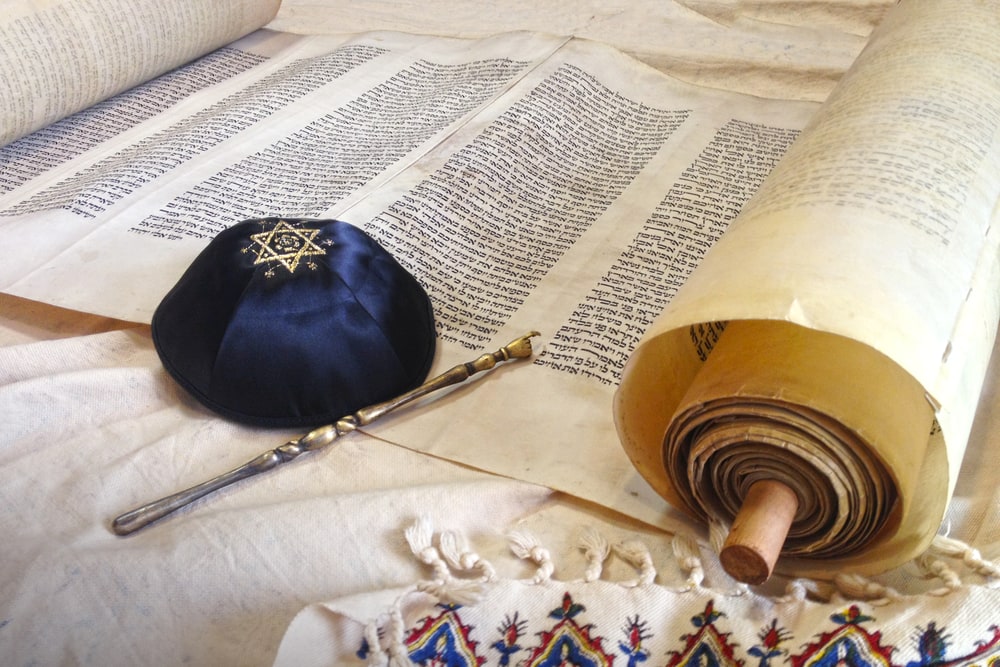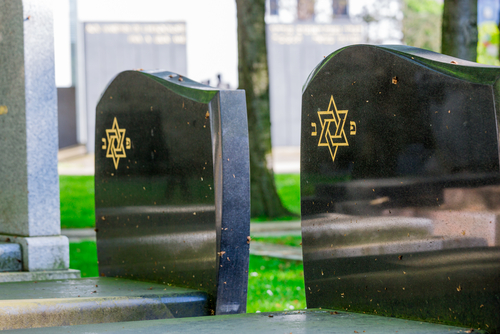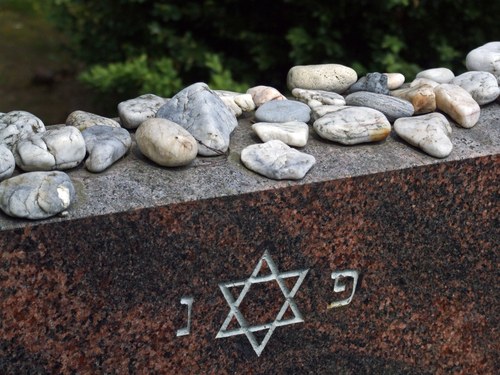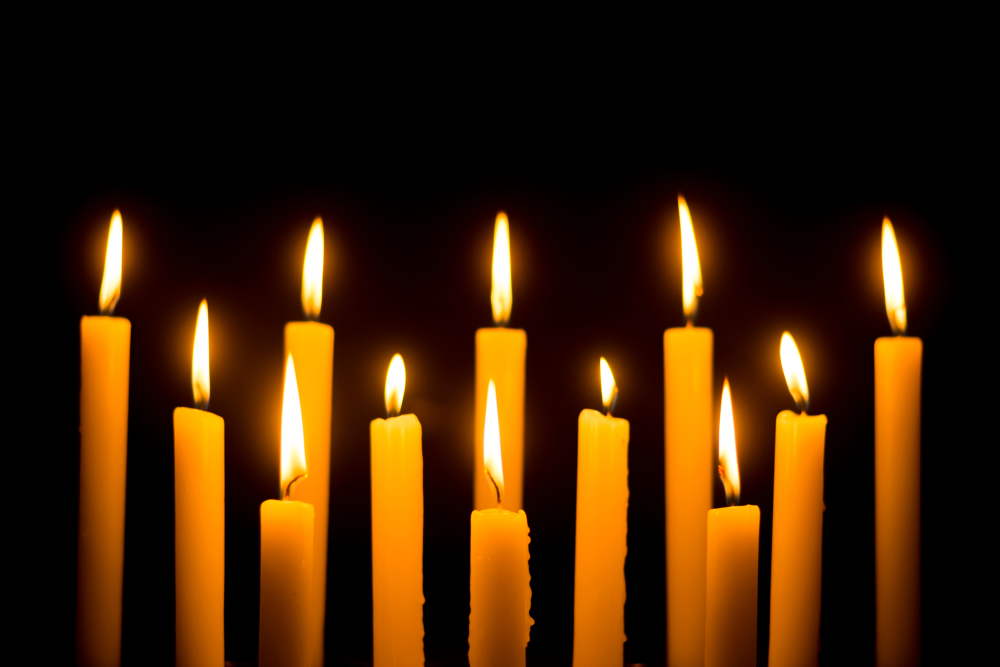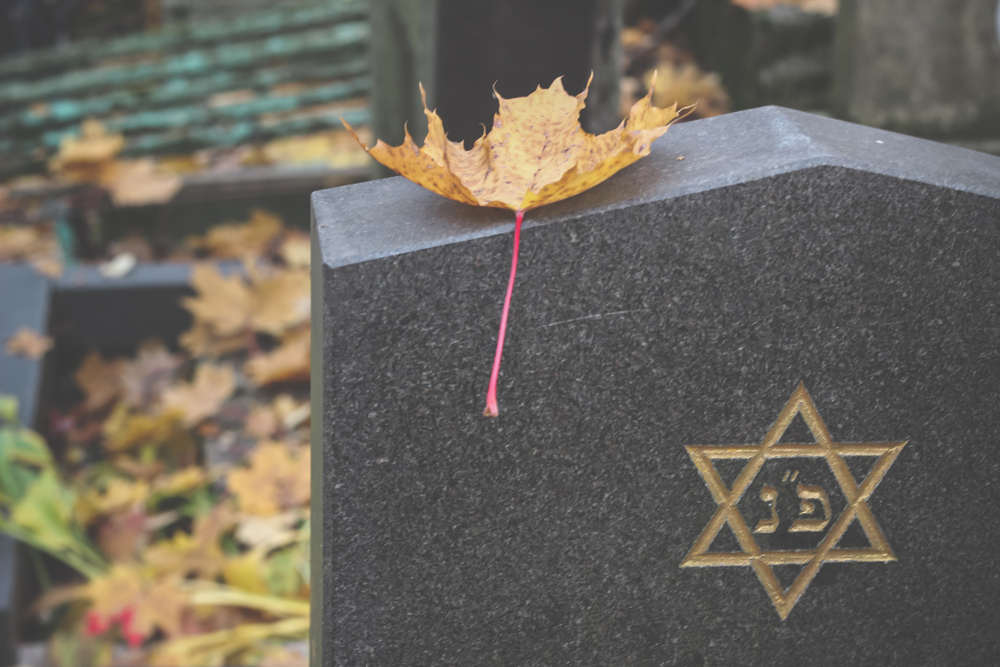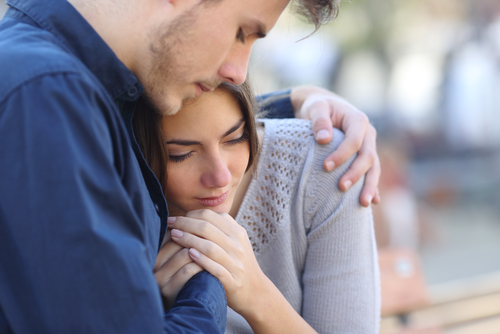
Fox Monuments has proudly served Long Island’s Jewish community for decades. We continuously work hard to provide guidance, support and compassion during exceptionally difficult times of grief. Of course, we’ve done our very best to honor the numerous Jewish customs and traditions surrounding death and burial.
Within the history of the Jewish faith, there are many guidelines surrounding the appropriate response to a loved one’s death. Some of these traditions concern the burial process. Others concern the Jewish headstone unveiling with beautifully-inscribed symbols. However, Jewish people also adhere to a mourning process divided into stages. Usually, we refer to them as the “Stages of Mourning.”
In this post, we’ll provide some general tips on finding strength and support during each specific phase of the mourning process.
Aninut: The First Stage
During this early phase of the mourning process, you’ll very likely feel numb disbelief. Many mourners in this stage simply find the loss hard to believe. In fact, the first stage of mourning is very often characterized by shock and an inability to process the reality of the loss.
During this stage, Jewish tradition encourages us to try and confront and acknowledge any feelings of grief or despair we may feel. There are no expectations on Jewish mourners during this phase. Specifically, this means that mourners generally are not expected to say blessings or engage in daily prayers. Their primary focus should, essentially, be on planning the funeral and giving their loved one the most honorable farewell possible.
But above all, this stage’s most important step is one coming to terms with the painful reality of their loss. Within Judaism, the holy texts acknowledge that we can’t exorcise the pain while our departed loved one remains before us.
Shiva: The Second Stage
Of course, shiva is an integral aspect of not only Jewish mourning, but the Jewish faith as a whole. To this day, it remains a definitive practice and an essential way for mourners to process their grief and receive the support they need from friends and family.
Sitting shiva enables you to pause, reflect, and allow the reality of your loss to resonate properly. Throughout shiva, close family generally remain at home as a steady stream of friends and family visit to pay their respects. An essential step throughout this stage is to talk openly about the deceased. Specifically, discussing the impact of the death, the days and weeks directly before it, as well as fond memories and reflections of your time together. This actually has an unexpected benefit: revisiting this narrative repeatedly will make the reality of their loss resonate faster. And while this is painful, this is actually integral to the healing process.
Shloshim: The Third Stage
Following shiva, custom dictates that we should take a brief walk outside. This, in effect, represents our reintegration into society. Additionally, a short stroll outdoors is an effective transition into Shloshim, the next three weeks. Of course, there is, more often than not, lingering feelings of grief and despair. However, the severity of our bereavement usually begins to slowly dissipate and become less intense. It’s important to remember that it’s very normal to still feel sad and very emotional during this stage.
Also, keep in mind that just because the first couple of stages of mourning are over, that doesn’t eliminate our need to cope. Keep reaching out to friends and family for support whenever you feel the need to.
Yahrzeit: The Fourth Stage
Traditionally, the “official” mourning process concludes with Shloshim. And for those mourning their mother or father, usually the process persists for another ten months.
Of course, losing a parent isn’t the only kind of loss that will leave an enduring emotional effect. And nobody expects you to be “done mourning” in thirty days. Truthfully, the entire first year can be exceptionally difficult and emotionally turbulent. It often becomes a lot more challenging as we try to cope with the consistent demands of our lives. Creating unique mourning rituals can help us heal from any lingering heartache.
Don’t feel “wrong” if your pain continues throughout the year, particularly on holidays or birthdays. Continue reaching out to friends for support. Also, just because some days are less challenging doesn’t mean there won’t be more difficult days. Healing from a painful loss isn’t a straight line and everyone recovers differently.
Conclusion – Fox Monuments
At Fox Monuments, our primary goal has always been to provide as much comfort to mourning families as we can. We make every effort to remain respectful to and considerate of the grieving process as you order your Jewish headstone.
We take great pride in helping families through difficult times, and with minimal stress. Contact us to learn more about how we can craft a beautiful monument for your loved one.
